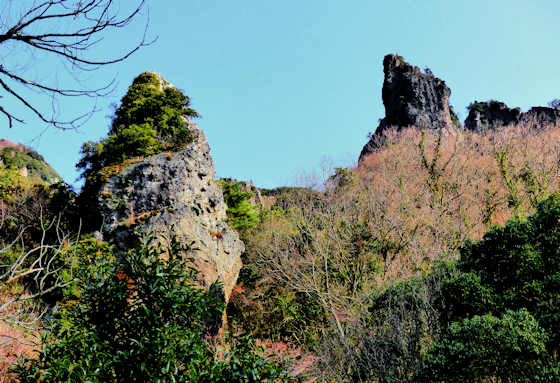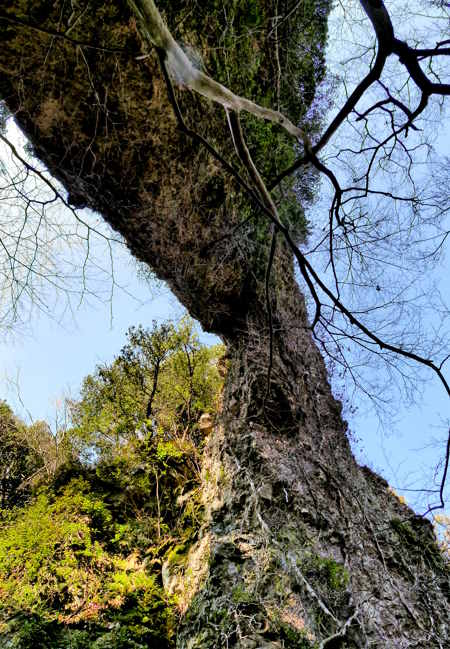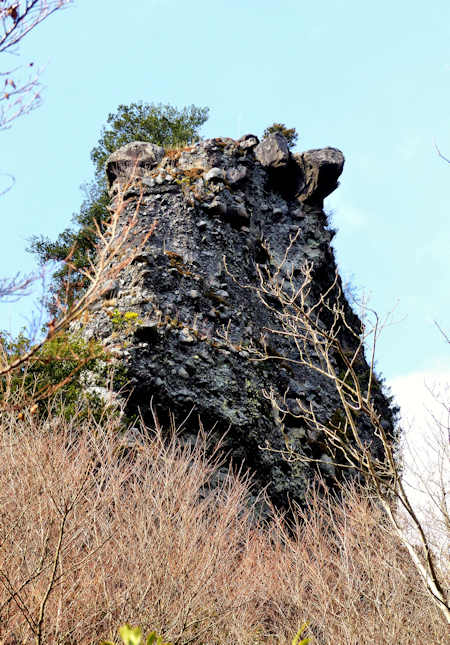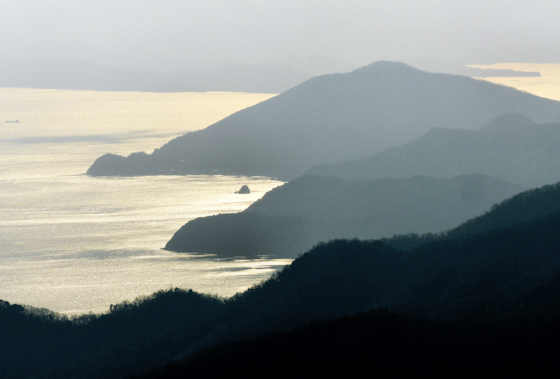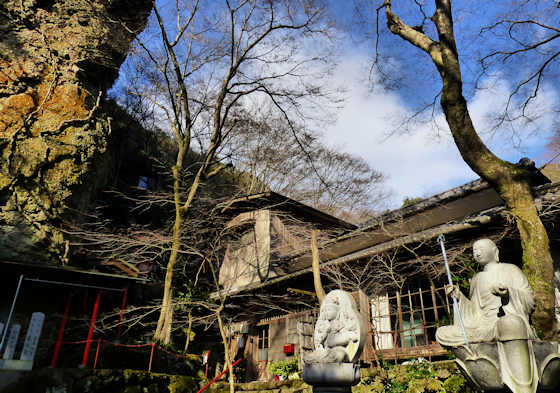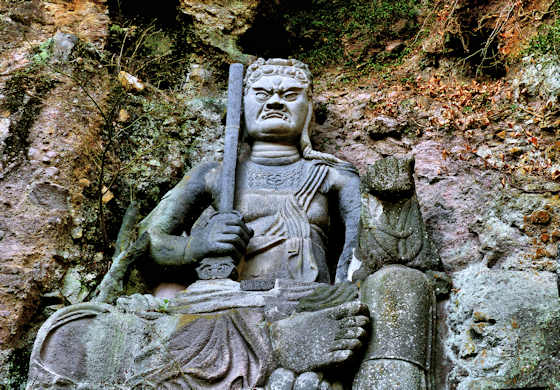Tuesday, August 15, 2023
Minenoyama-an & Hondo Temples 22, 23 Shodoshima Pilgrimage
Sunday, June 11, 2023
Kinoshita-an, Seikenji, Ichinotani-an, & Gokurakuji. Four Temples on the Shodoshima Pilgrimage.
I share the ropeway down with a French family, and they offer me a ride in the taxi that is waiting for them at the bottom, ….. I'm tempted but decline gracefully. From here it should all be downhill.
Once I get back to where I started up to Sekimondo I find a footpath that goes straight down rather than having to walk along the road which winds back and forth, saving me about a kilometer. The path comes out at the big dam above Kusukabe and then I enter the outskirts of the small town.
I have a bit of trouble finding the next temple but a little old lady points me in the right direction. Number 19, Kinoshita-an, is a small hermitage but I am beginning to appreciate the unpretentiousness of these small establishments. They are very welcoming and completely lacking in ostentation. Compared to other hermitages, this one is actually quite large. It enshrines a statue of Yakushi Nyorai the "Medicine Buddha"
Another kilometer and I'm in the middle of an urban area and I find number 21, Seikenji, a somewhat larger temple with some curious sculptures in the park next door.
The afternoon becomes golden as the sun rushes towards the horizon. I cut back up a little valley and find the next temple, number 17 Ichinotani-an, snuggled against the hillside. It's another small hermitage.
According to the map the next temple is down the valley then around and up the next little valley over, about one and a half kilometers, but signs at Ichinotani-an point to a footpath that goes through the woods. Once again the route for walking pilgrims is much shorter than for those driving. I passed this line of statues, and according to the current google streetview they are no longer there.
The last temple of a very long day was Gokurakuji, number 16, and was quite impressive being reached across a bridge that spanned a wide pond in front of the temple.
Thursday, April 20, 2023
Kankakei Gorge Ropeway Shodoshima
The view from the top of Kankakei Gorge, which is located roughly in the middle of Shodoshima Island.
Sunday, February 19, 2023
Kankakei Gorge East Trail
Kankakei Gorge East Trail
Kankakei Gorge on Shodoshima Island is a major scenic spot of the island and included in the top 100 scenic spots of Japan. It is particularly popular in the autumn when it is a blaze of colors.
Formed by 2 million years of erosion, Kankakei, which means "cold mist valley", is home to a dramatic landscape of cliffs, spires, and strangely shaped rock formations. It is commonly viewed from the ropeway which runs for almost a kilometer and climbs about 300 meters to the top.
There are two trails for those who wish to explore the gorge, the West, or Front Trail, and the East, or Back Trail. The latter is about 3k in length and starts from the bus stop very near Hotogegataki, the 20th temple on the Shodoshima pilgrimage.
About halfway up the trail you pass underneath a huge natural arch or bridge where you can visit Sekimondo Temple, number 18 on the pilgrimage, and like Hotogegataki, a curious cave temple.
Many of the rock formations you see on the way have names, with the one below looking very much like the coffee pot rock formation near Sedona in Arizona.
As you climb the views become more and more expansive as you get closer to what is not only the highest point on the island but also the highest point in the Seto Inland Sea.
I first visited on the second day of my walk along the Shodoshima pilgrimage. The previous post in the series is Sekimondo Temple 18.
Friday, November 25, 2022
Sekimondo Temple 18 Shodoshima Pilgrimage
Sekimondo Temple
Sekimondo, temple number 18, is just a one kilometer walk from Hotogekataki, but it is a very steep kilometer. Sekimondo is located at about the midpoint of one of the two walking trails of Kankakei Gorge, and can therefore be approached from the bottom walking up, or from the top walking down.
It is in a narrow, steep valley, flanked on either side by formations of rock outcroppings, many of which have names. Sekimon means “stone gate” and refers to the natural arch stone bridge under which the main temple hall lies and through which the trail passes. Crossing the vermillion bridge over the fast moving stream, the natural courtyard has a thatched bell tower and a statue of gleaming white stone.
In the cliff face below the natural arch is a cave fronted by glass. Steps lead up and one enters through the floor. Inside is dark and lit by candles and lanterns, not too different really from any other temple, except here the walls and ceiling are of rock. There are several altars, the main one being to Fudo Myo, the fierce, fanged, deity holding a sword in one hand and a rope in the other. Fudo Myo was a favorite of the ascetics who spent time in these mountain hideouts undergoing training, so its not surprising to find statues of him here.
Back outside you can see a large carving of Fudo in the cliff face beside the temple. It looks like a cliff carving but in actual fact is sculpted out of stone blocks and then assembled. More buildings dot the steep and rocky gorge leading upwards, and way up high there is some type of hexagonal hut perched on top of a rock that must have fantastic views down the gorge, but the upper section of the temple grounds is roped off.
From in front of the main hall the path slopes upwards and then passes beneath the great arch of stone overhead and then heads up to the ropeway station at the top of Kankakei Gorge passing several more rock formations.
Monday, September 5, 2022
Hotogekataki Cave Temple on Shodoshima































